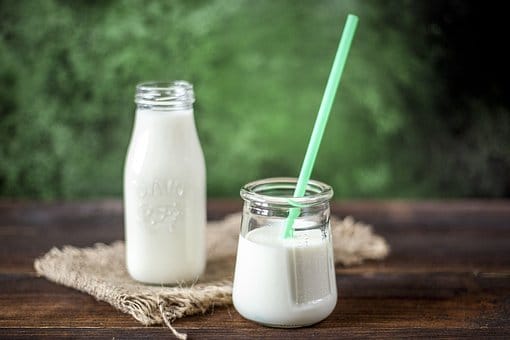
On February 22, 2023, FDA released the “promised” draft guidance — five years late. In 2018, the agency stated it was their goal to “modernize certain standards of identity” and requested comments on the “Use of the Names of Dairy Foods in the Labeling of Plant-Based Products” and consumer understanding of the “differences between the basic nature, characteristics, ingredients and nutritional content of plant-based products and their dairy counterparts.”
In its February 2023 release, FDA stated that 13,000 comments were received and there was an overall understanding from the comments and consumer research studies that “consumers generally understand that plant-based milk alternative (PBMA) do not contain milk and choose PBMA because they are not milk.” However, the agency did acknowledge that “many consumers may not be aware of the nutritional differences between milk and PBMA products,” which is reflected in the draft guidance.
Why the Conflict?
Actually, there is already a standard of identify in the FDA’s current Code of Regulations, Title 21, Vol 2, Part 131-Milk and Cream, which defines milk as “the lacteal secretion, practically free from colostrum, obtained by the complete milking of one or more healthy cows.” But it has not been enforced. Hence the contention along the way. With the released draft guidance, the word “milk” can stay on the label regardless of its source, but the nutritional difference should be noted. Here are the highlights as published by FDA and summarized by the Dairy Council of California:
- The term “milk” is permissible on plant-based milk alternatives. This guidance applies only to fluid milk and not to other plant-based products like cheese or yogurt.
- The plant source of PBMA must always be specified in the product name.
- Manufacturers are recommended to include a voluntary nutrient statement on the packaging that products contain lower levels of nutrients compared to dairy milk, including calcium, protein, vitamin A, vitamin D, magnesium, phosphorus, potassium, riboflavin and vitamin B12.
For example (as used by FDA), almond or oat-based PBMA products may contain some calcium and be consumed as a source of calcium, but their overall nutritional content is not similar to milk or fortified soy beverages, and thus they are not included as part of the dairy group in the Dietary Guidelines, 2020-2025. - However, if a PBMA is not labeled with “milk” as part of its name and uses the term like “beverage” or “drink” without making a claim comparing the product to milk, then the voluntary nutrient statement recommendations does not apply.
Why the Importance of Nutrient Statements?

Bottom Line
The growth of plant-based “milks” will continue but it’s important to know the facts. All milks are not equal regardless of how they are labeled! If dairy-based milk is not tolerated or preferred, the new labeling could provide the guidance consumers need to help supplement their personal and their children’s diets. There is more to a “milk” label than just a name!
Notes:
1. Draft guidance are always open for public comment. If you like what you read or not, this is your chance to comment. To submit comments, FDA published the following instructions: “Comments on the draft guidance should be submitted within 60 days after publication in the Federal Register . You may submit electronic comments to Regulations.gov. All written comments should be identified with the docket number FDA-2023-D-0451 and with the title of the guidance document.”
2. Some of the content included in this blog was first reported in my August 30, 2019, blog post “Is Milk by Any Other Name Still Milk?”
